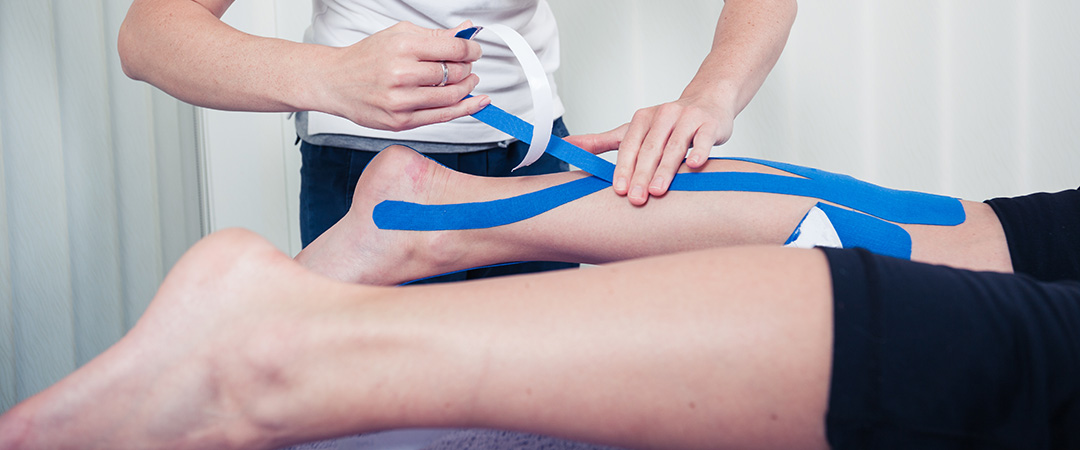
What is the difference between an osteopath, chiropractor & physiotherapist?
Who is suitable for treatment?
How long are the treatments?
What to expect on my first consultation?
What does treatment involve?
Does treatment hurt?
How many treatments will I need?
Do I need a GP referral?
Do you provide X-rays?
Is the clinic registered with insurance companies?
Is there parking at the clinic?
Is there a charge for missed appointments?
A: All therapies have the same aim. They all try to decrease the patient’s pain, discomfort, lack of function and improve the problem by improving structure, function and overall general health. All the different therapies have slightly different philosophies, techniques and procedures to achieve this.
A Chiropractor is very similar to an Osteopath in many aspects however there are a few fundamental differences. Chiropractic treatment is primarily based on manipulation of the spine whereas Osteopathic treatment employs a wider range of techniques overall such as stretching, massage, pressure and mobilisation. Osteopaths generally spend longer time with each patient, therefore osteopathic patients generally require less frequent treatments.
A Physiotherapist is generally less hands on compared to the other two modalities. Physiotherapists use many machines during their treatments, such as ultrasound, and also prescribe exercises for the patient to do away from the treatment room. Osteopaths have a holistic approach to their patients and treat the underlying cause to the patient’s problem not just the symptoms.
A: Treatment is for everybody – from babies to the very old – and can help the very fit and the infirm alike. Age is not a barrier to receiving osteopathic/physiotherapy treatment. Treatment is specifically adapted to a patient’s individual needs.
A: The first treatment with the osteopath or physiotherapy is between 30-45 minutes. Subsequent treatments are 30 minutes.
A: Your initial consultation will allow you plenty of time to tell the osteopath/physiotherapist about your problem, followed by a comprehensive examination to determine the best solution.
The osteopath/physiotherapist will explain in detail what has gone wrong, the treatment that is required, and how long your recovery is likely to take. If treatment other than osteopathy/physiotherapy is indicated we will refer you to the most appropriate source of help. For the osteopath/physiotherapist to examine you properly it will be necessary to remove some items of clothing and to perform a simple serious of movements so that the mobility of your body can be assessed. We ask you to wear appropriate clothing to allow full assessment of your injury.
A: Treatment is tailored to suit each individual patient. The techniques utilised depend very much on the severity of the problem, fragility of the tissues, age and anxiety of the patient. They include muscle and connective tissue stretching and massage, joint articulations and traction. Manipulation or high velocity thrust techniques (which sometimes produce an audible ‘click’) are used to improve the movement at a joint that is restricted. Home exercise plans are also devised and emailed to the patient.
Very gentle releasing techniques including cranial osteopathy are also used, especially when treating children or elderly patients.
A: As a general rule treatment techniques are chosen to best suit the individual patient and their complaint. The therapist aims to make the patient as comfortable as possible at all times during the treatment. Some techniques can feel a bit uncomfortable or sore but not cause pain. If your tissues are tense and sore, it may be uncomfortable at first to have them stretched and relaxed, especially if they have been tense for a long time. Some patients can feel some mild aching or a slightly “bruised” feeling after treatment, for the next 24-48hrs, but this is not unusual and therefore is nothing to worry about. The therapist will give prophylactic (after treatment) advice to help ease these symptoms.
A: Our aim is to get you back to full health and function as quickly as possible. Your rate of recovery will depend on several factors including your age, general health, sensitivity to treatment, activities in your life, as well as the type of problem you have. On average, 3 to 4 treatments are usually sufficient to correct most problems. The number of treatments required will be discussed with you after the diagnosis has been explained at your initial assessment.
A: No, a GP referral is not necessary in order to have treatment. If necessary, with your permission, we will liaise directly with your doctor to ensure that your treatment works in harmony with any other medical needs that you may have.
A: The majority of muscloskeletal problems do not warrant further investigations such as X-rays or MRI scans. If however we feel that it is necessary to obtain them we will liaise with your GP or refer you privately.
A: We are registered with most major insurance companies such as AXA PPP, BUPA, PRU Health.
